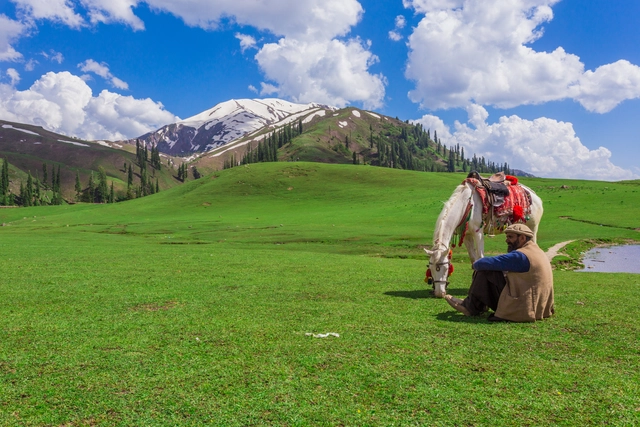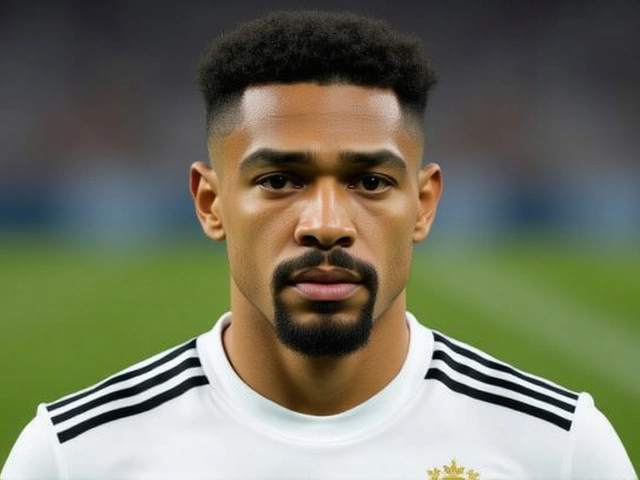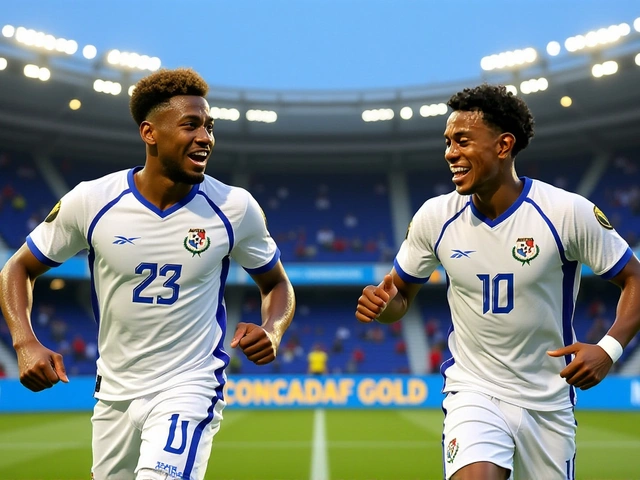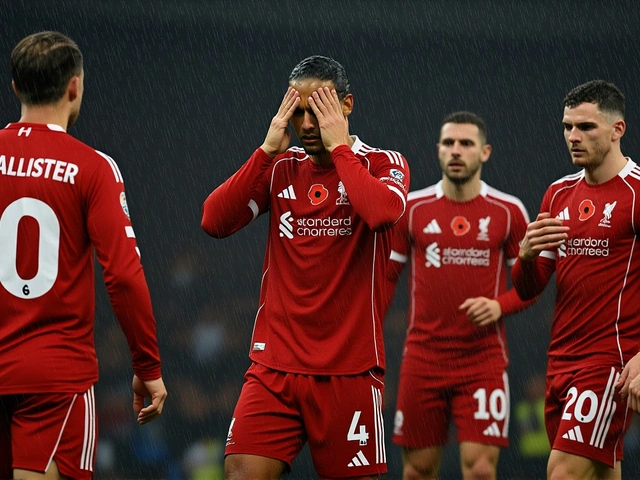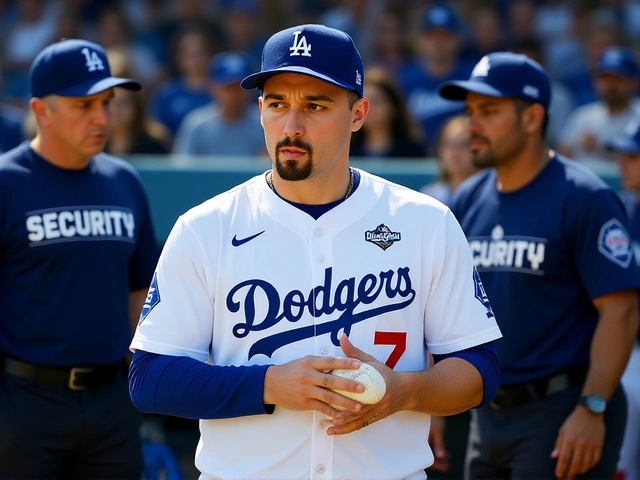When Panama national team kicked off their final qualifier against El Salvador at Estadio Rommel Fernández on November 18, 2025, they weren’t just playing for pride—they were playing for history. A 3-0 victory, sealed by goals from César Blackman, Éric Davis, and José Luis Rodríguez, sent the stadium into pandemonium and confirmed Panama’s second-ever trip to the 2026 FIFA World Cup. The win wasn’t just a result—it was a redemption arc. After missing out on 2022, and with only one prior World Cup appearance in 2018, this was the moment Panama’s footballing soul finally exhaled.
History in the Making
Panama had to win by three goals to qualify. No margin for error. No room for doubt. And they didn’t just meet the target—they smashed it. The atmosphere inside the stadium was electric before kickoff. Fans waved flags, drummed on plastic buckets, and chanted the names of their heroes. It wasn’t just a match; it was a national moment. When Blackman, the 27-year-old defender, rose above the box to head home in the 17th minute, the noise didn’t just rise—it exploded. That goal, set up by a precise cross from Anibal Godoy, was the first domino. And then came the penalty.
With injury time ticking away in the first half, referee’s whistle blew after a handball by El Salvador’s R. Clavel. Davis, Panama’s veteran left-back and captain in all but name, stepped up. The crowd held its breath. He buried it. 2-0. The stadium erupted again. Fans hugged strangers. Old men wept. One supporter, captured on video, screamed, “¡Ya vamos al Mundial!”—We’re going to the World Cup!—as fireworks began to streak the night sky.
Control, Not Chaos
Panama didn’t just score—they dominated. ESPN’s box score showed them with 62% possession, 18 shots (8 on target), and 7 corners. El Salvador, by contrast, managed just 3 shots total in the first half. The midfield trio of Godoy, Carrasquilla, and Adalberto Carrasquilla controlled the tempo like veteran conductors. Even when El Salvador’s Michell Mercado went down with a hamstring injury in the 74th minute, Panama didn’t ease up. They pressed harder. That’s the difference between a team that’s been here before and one that’s chasing its first dream.
The final goal came in the 85th minute, courtesy of José Luis Rodríguez. A clever one-two with substitute Jorge Gutiérrez—who replaced Davis in the 75th minute—left the El Salvador defense flat-footed. Rodríguez finished coolly. 3-0. The exclamation point. CBS Sports commentator nailed it: “They knew what they had to do tonight. And they got their three goals.”
El Salvador’s Struggle
For El Salvador, it was another chapter in a long drought. They haven’t reached a World Cup since 1982. Their record in Group A was brutal: 1 win, 5 losses, -9 goal difference. They lost 5-0 to the U.S. earlier in the cycle. They lost 2-0 to Canada. And here, against Panama, they were outclassed from whistle to whistle. Their goalkeeper, E. Claros, was under constant pressure. Their midfield was overrun. Their defense, disorganized. After the final whistle, players stood motionless on the pitch, staring at the ground. No hugs. No celebration. Just silence.
“We knew it was going to be tough,” said El Salvador captain D. Cerén in a post-match interview. “But we didn’t expect to be this far behind. We have to rebuild. This hurts—but it’s not the end.”
What This Means for Panama
Panama finished Group A with 12 points—three wins, three draws, zero losses. They were the only team in the CONCACAF Third Round to go unbeaten. Their +5 goal difference was the best among non-top-two finishers. This qualification isn’t just about 2026—it’s about legitimacy. For years, Panama has been called the “underdogs of Central America.” But now, they’ve outperformed teams like Jamaica and Honduras. They’ve beaten Costa Rica on the road. They’ve held Mexico to a draw. This isn’t luck. It’s structure.
Their coach, Hernán Darío Gómez, a Colombian tactician who once led Colombia to the 1998 World Cup, has built something special. He’s blended youth—like 20-year-old Ismael Diaz—with experience, like 35-year-old Godoy. The defense, anchored by Blackman and Fidel Escobar, conceded just four goals in six games. That’s elite.
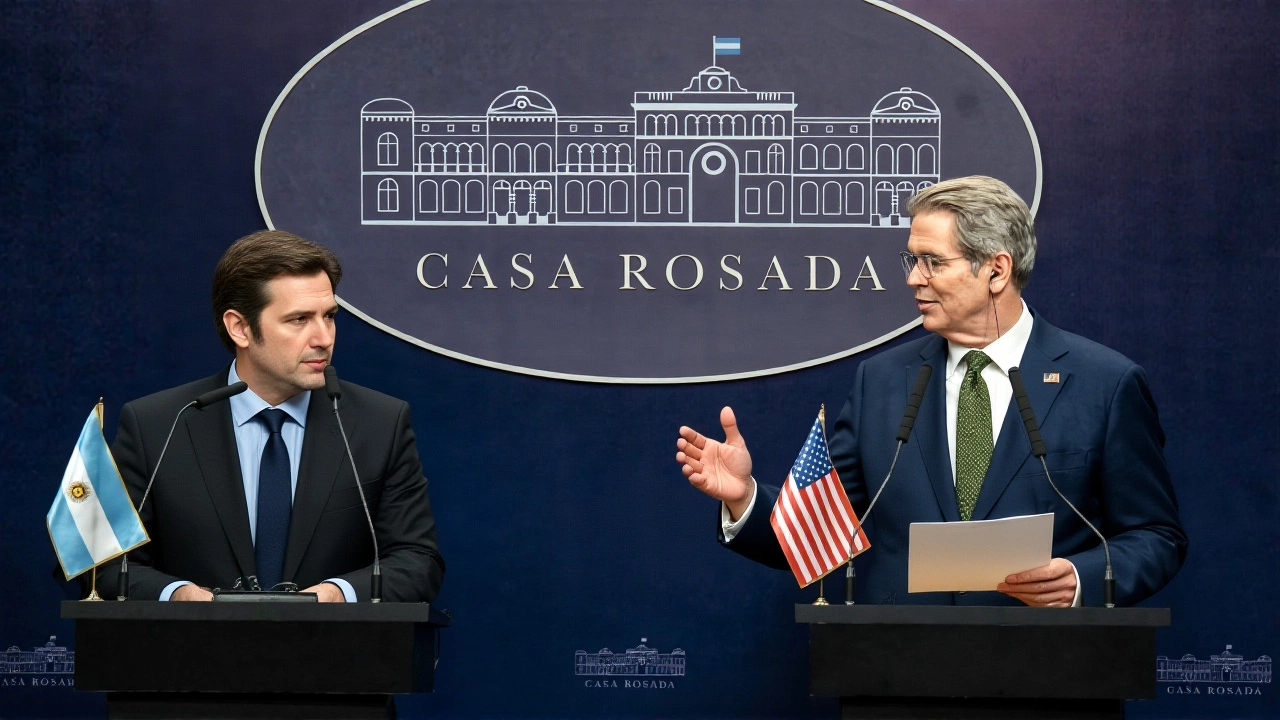
The Road Ahead
Now, Panama joins the U.S., Canada, Mexico, and the winner of the intercontinental playoff in the 2026 World Cup. They’ll be placed in a group likely featuring a European powerhouse or an Asian qualifier. Their first match could be against Germany, Spain, or Japan. But don’t count them out. In 2018, they stunned Belgium in the group stage before falling 3-1. They’ve got grit. They’ve got heart. And now, they’ve got belief.
The next step? Building a permanent academy system. Expanding youth football beyond Panama City. Getting more girls involved. That’s the real win—not just qualifying, but making sure the next generation doesn’t have to wait another 28 years.
Historical Context
Panama’s only previous World Cup appearance came in 2018, when they were eliminated in the group stage after a dramatic 2-1 loss to England. That team, led by Gabriel Gómez and Roman Torres, became national icons. Now, this new generation has followed in their footsteps. The head-to-head record against El Salvador? Panama leads 5-2-2 since 2000. This win wasn’t a fluke—it was the next logical step.
Meanwhile, El Salvador’s last World Cup qualification was in 1982, when they lost all three group matches. Their football infrastructure has struggled with funding, corruption, and lack of youth development. Their absence from the global stage for 44 years isn’t just a statistical footnote—it’s a national wound.
Frequently Asked Questions
How many times has Panama qualified for the World Cup before?
Panama has qualified for the FIFA World Cup twice in history: first in 2018 in Russia, and now in 2026. Their 2018 campaign included a memorable 2-1 loss to England and a 3-0 defeat to Belgium, but they scored their first-ever World Cup goal against Tunisia. This 2026 qualification marks their first time advancing from the CONCACAF Third Round without a loss.
Who scored Panama’s goals in the decisive match?
César Blackman opened the scoring in the 17th minute with a header, Éric Davis converted a penalty in the 45+4’ minute after a handball by R. Clavel, and José Luis Rodríguez sealed the win with a clinical finish in the 85th minute. All three goals came from different positions—defender, fullback, and forward—showcasing Panama’s balanced attack.
What was Panama’s path to qualification in Group A?
Panama finished Group A with 12 points from six matches: three wins (vs. El Salvador, Jamaica, and Canada), three draws (vs. Costa Rica, Mexico, and the U.S.), and zero losses. They were the only team in the group to remain undefeated. Their +5 goal difference was the highest among teams not directly qualifying for the top two spots, making their qualification especially impressive.
Why is this win significant for Central American football?
For years, CONCACAF’s World Cup slots have been dominated by the U.S., Mexico, and Canada. Panama’s qualification proves that smaller nations can compete at the highest level with disciplined coaching, youth investment, and tactical discipline. It’s a blueprint for Honduras, Jamaica, and even El Salvador—showing that consistency beats talent alone.
What’s next for Panama’s national team?
Panama will enter the 2026 World Cup draw in December 2025, likely placed in a group with a European or Asian team. Their next steps include a January 2026 training camp in Spain, friendly matches against South American sides, and finalizing their 26-man roster. Coach Gómez has already signaled he’ll give opportunities to under-23 players from the U.S. college system, blending diaspora talent with homegrown stars.
How does this affect El Salvador’s future in football?
El Salvador’s failure to qualify for the 2026 World Cup extends their drought to 44 years—the longest active absence in CONCACAF. Their federation has pledged reforms, including hiring a new technical director and launching a national youth academy network by 2027. But without sustained funding and political stability, progress will be slow. This loss may finally be the wake-up call they need.

